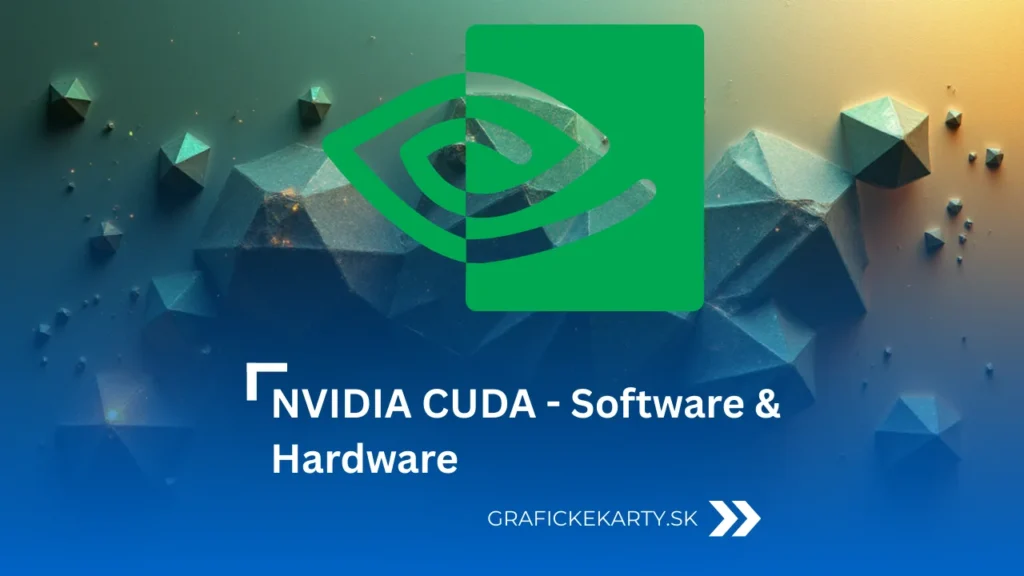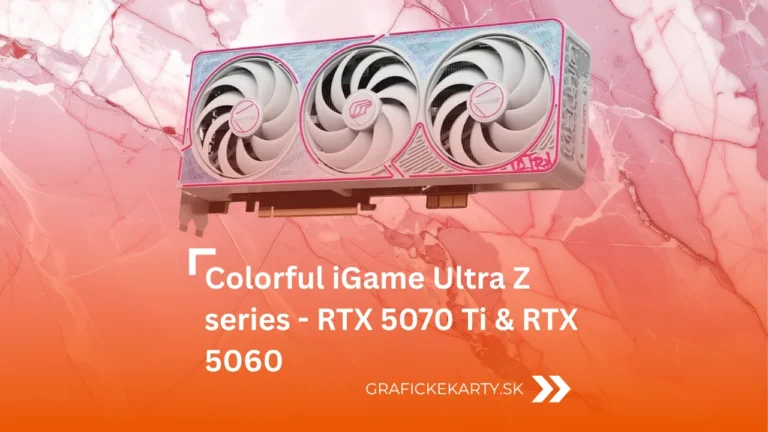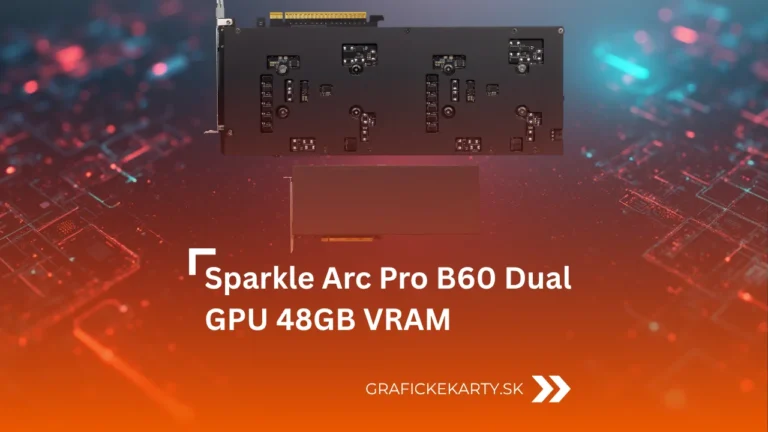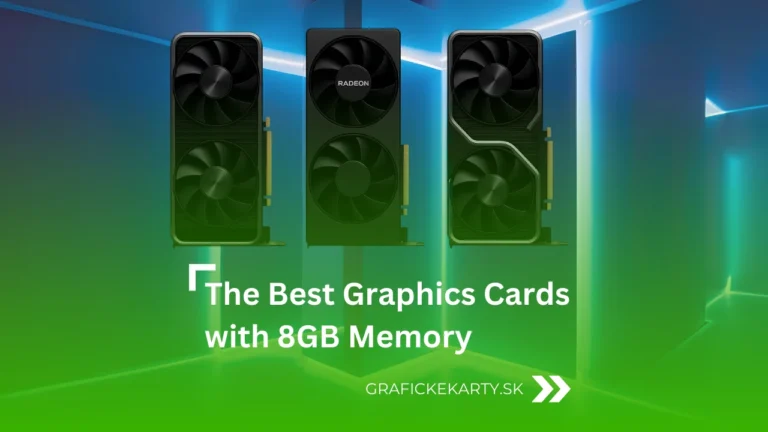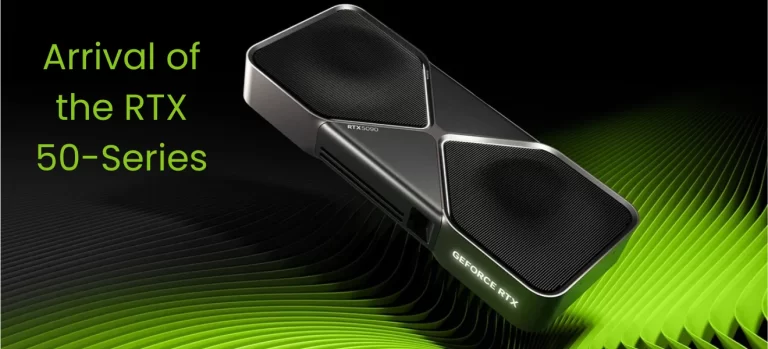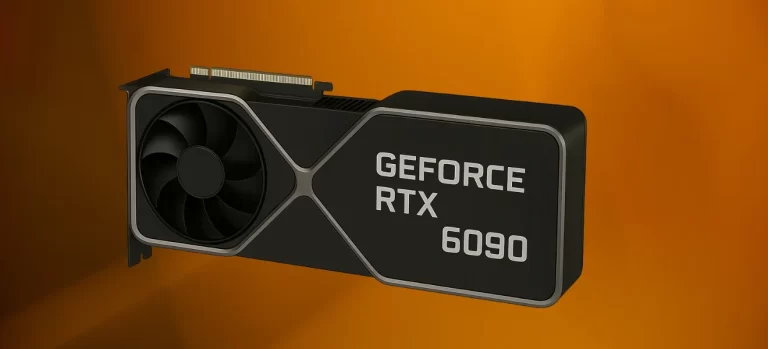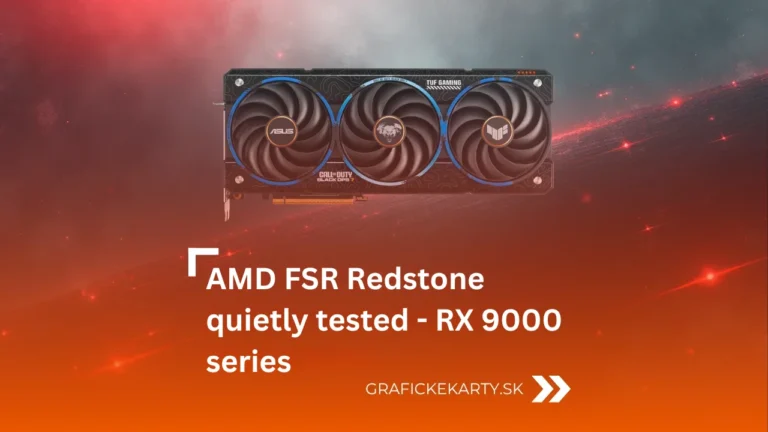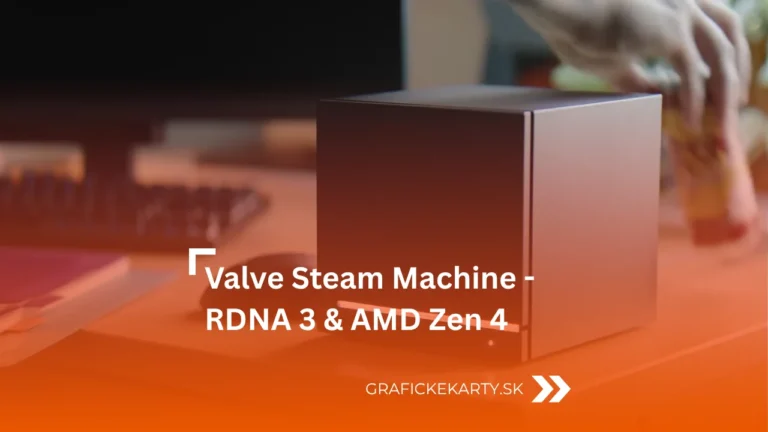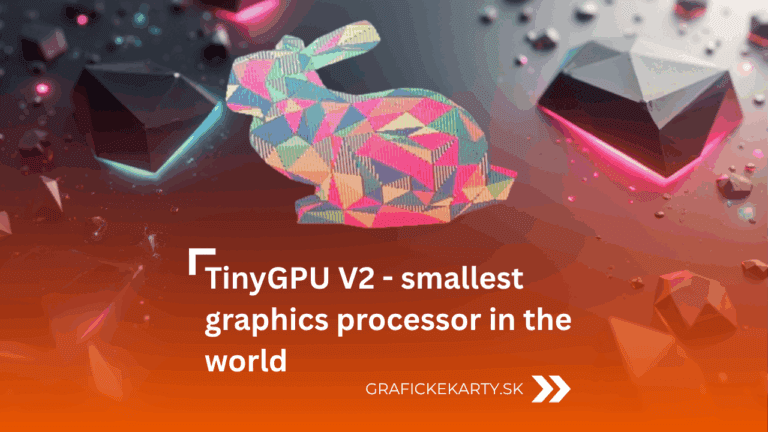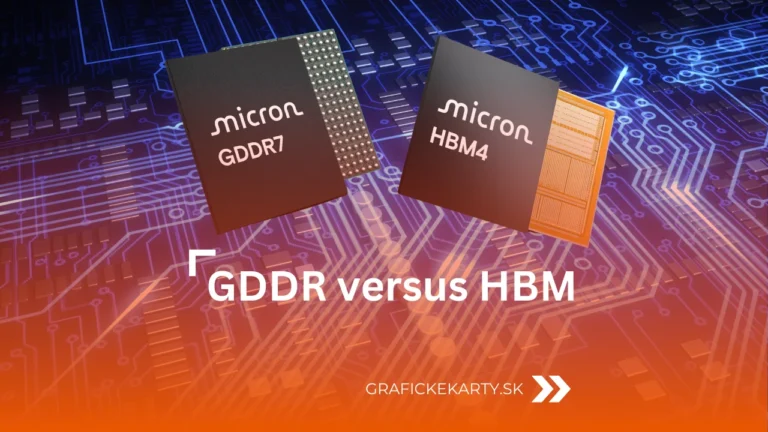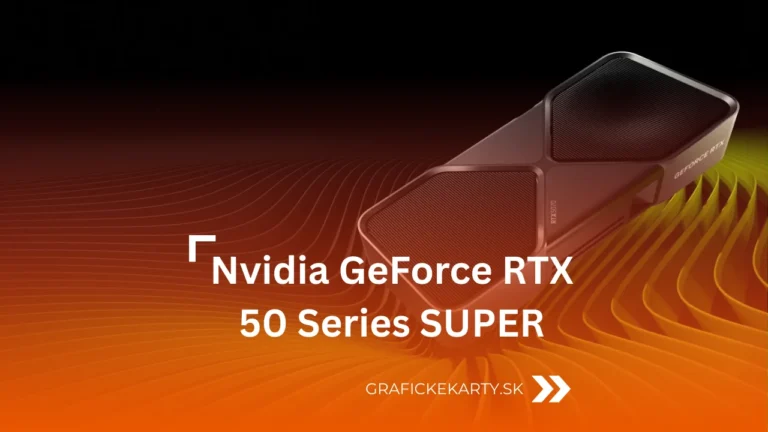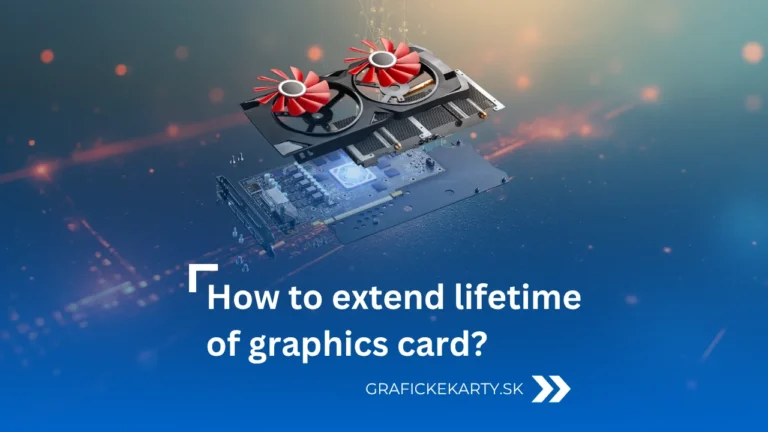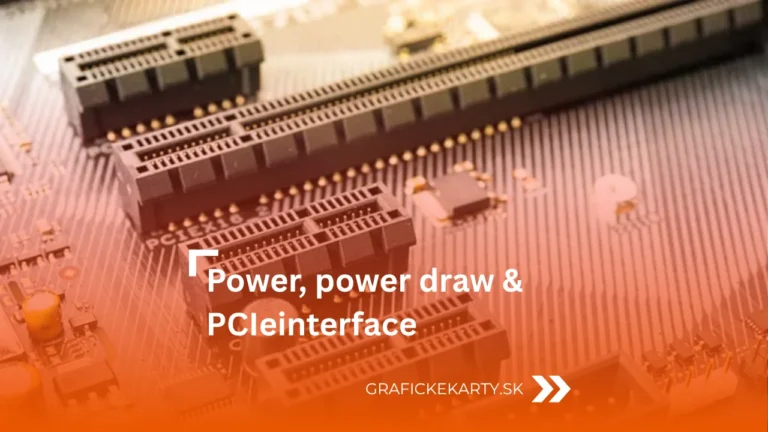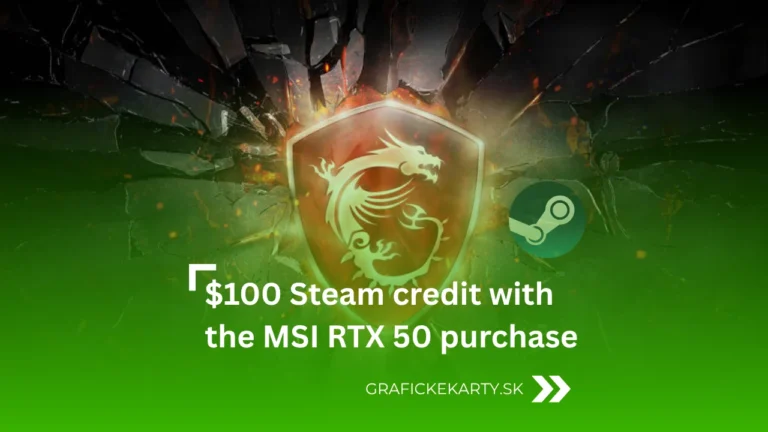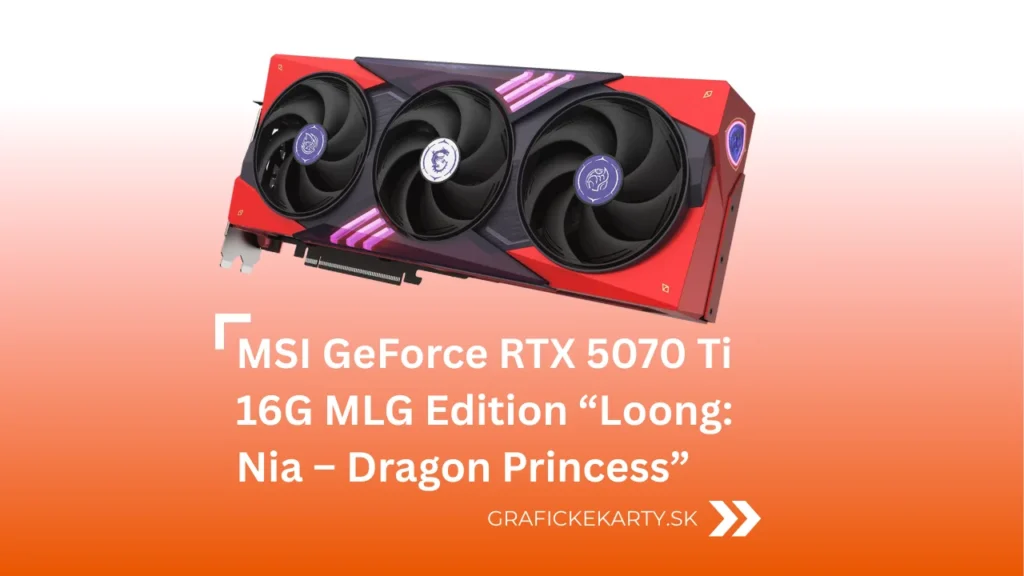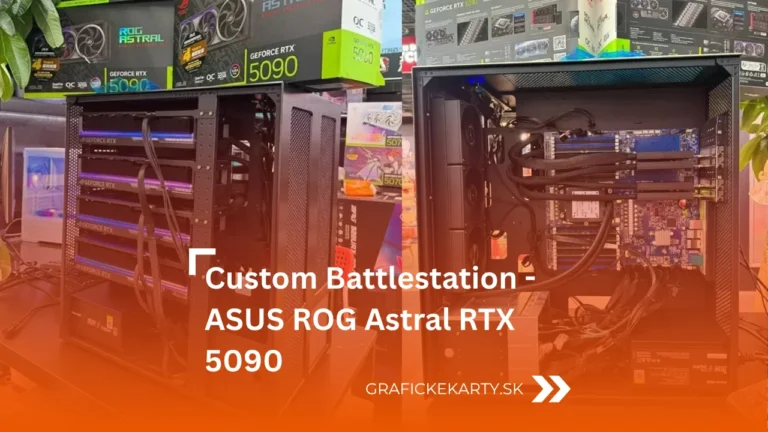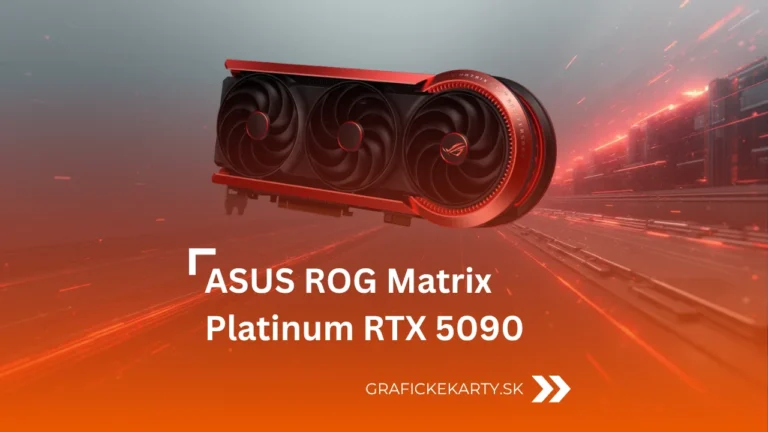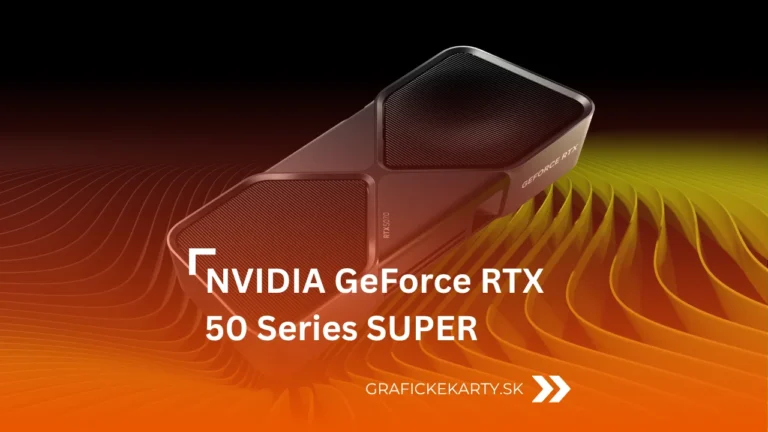Everything about graphics cards in one place
Latest graphics cards
Graphics Card Comparison
Compare the best gaming graphics cards on the market and find the best one for your needs.

Reviews
The best graphics cards with 8GB memory for 2025: which one is worth the most?
GeForce RTX 50-series SUPER: The evolution from Nvidia is coming
GeForce RTX 6090 and the new generation RTX 60 Series: everything we know so far
News
AMD FSR Redstone: first deployment in Call of Duty 7 and big reveal on December 10
Steam Machine Valve: Valve revives its mini PC gaming vision
TinyGPU v2.0 – the world’s smallest graphics processor that changes the way we look at 3D graphics
Comparisons
The best graphics cards with 8GB memory for 2025: which one is worth the most?
Types of graphics memory – overview from GDDR to HBM
GeForce RTX 5070 SUPER and RTX 5080 SUPER: everything we know about the upcoming cards
Tips
How to extend the lifetime of graphics card: the most common mistakes to avoid
Power supply and power consumption of graphics card: Important technical basics
MSI RTX 50 Steam bonus: get $100 on Steam and experience the power of Blackwell
Guides
MSI GeForce RTX 5070 Ti 16G MLG Edition: combining performance and legendary design
Gaming
Four ASUS ROG Astral RTX 5090 in one build: $12,800 for graphics cards only
ASUS ROG Matrix Platinum RTX 5090 delayed: the most expensive gaming card in history awaits ?
NVIDIA delays the GeForce RTX 50 Series SUPER until the second half of 2026
FAQ – Frequently asked questions when choosing a graphics card
An integrated graphics card is built directly into the processor or motherboard and shares memory with other components. A dedicated graphics card has its own memory and offers higher performance, making it suitable for more demanding applications such as games and graphics tasks.
We recommend dedicated graphics cards from NVIDIA (e.g. GeForce RTX series) or AMD (Radeon RX series) to play modern games with high resolution and smooth performance.
It depends on your needs and performance requirements. Gamers and graphics professionals typically change their graphics card every 2-4 years to keep up with technological advancements and performance requirements.
Check the physical dimensions of your graphics card and compare them to the space in your computer case. Also check the power requirements and that the motherboard has the correct type of slot (usually PCIe).
NVIDIA offers superior performance for games and professional applications, especially in ray tracing and AI features. AMD provides a great price-performance ratio, making it ideal for gamers on a budget. Intel, as a newer player in the market, focuses its Arc graphics cards on casual gaming and multimedia, making it a suitable choice for users who don’t need extreme performance. The choice depends on your specific needs and budget.
